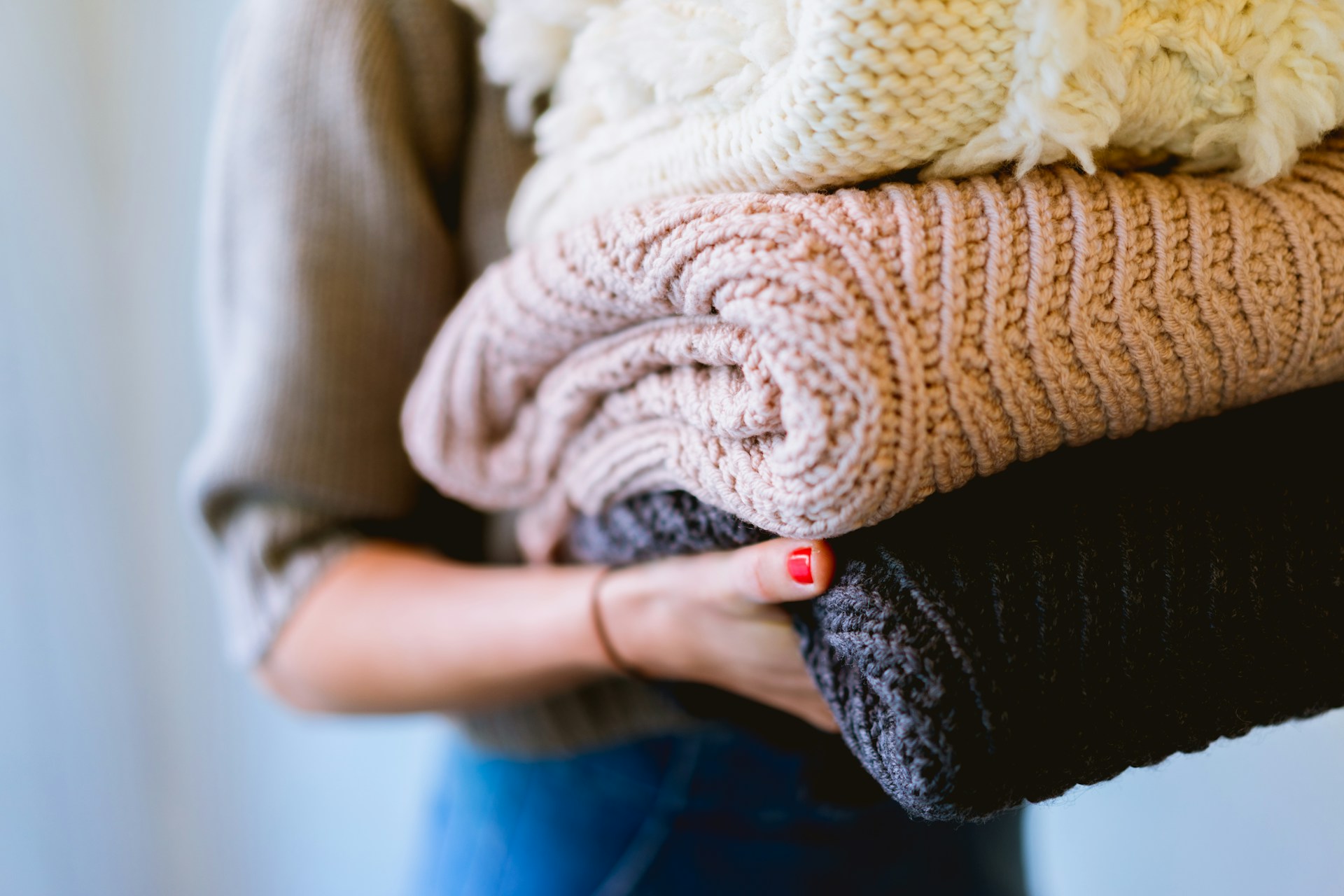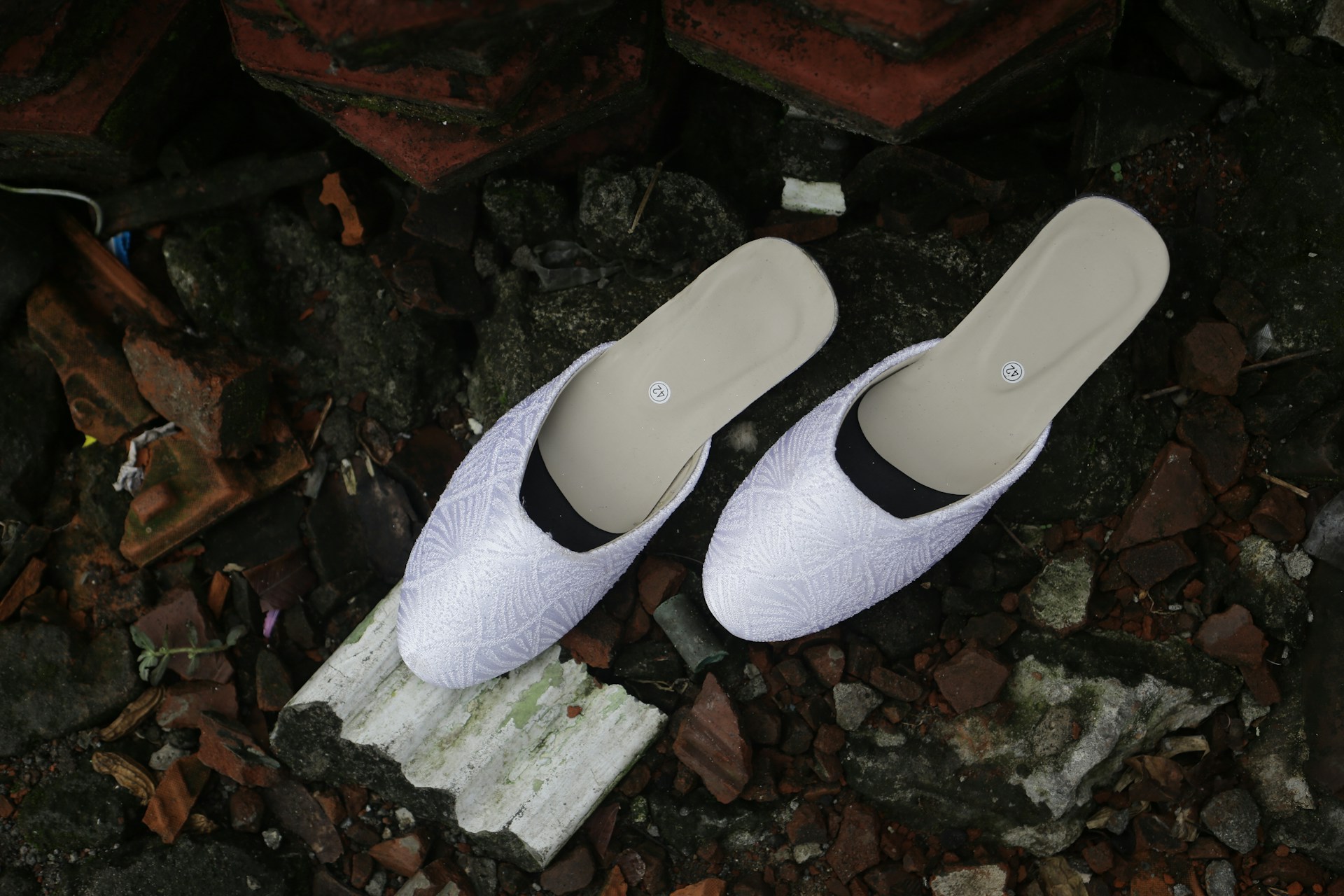Introduction
Great style isn’t just what you buy—it’s how you care for it. Most closet waste comes from preventable damage: heat that kills elastane, friction that pills knits, and detergents that are wrong for your water. This guide turns laundry into a system: map your fibers, match your wash chemistry, and use a weekly routine that protects shape, color, and drape. Your cost‑per‑wear drops and your favorite pieces last.

1) Map your fibers (10 minutes)
Make a two‑column cheat card: Fiber | Care Rule.
-
Cotton: durable; watch shrinkage—cool wash.
-
Wool/Merino/Cashmere: enzyme‑free wool wash; no high spin.
-
Linen: relaxed structure; wash cool; steam to shape.
-
Silk: delicate; short cool cycle or hand wash; hang away from sun.
-
Viscose/Rayon: weak when wet; bag and gentle cycle; flat dry.
-
Poly/Elastane blends (activewear/denim with stretch): cool wash; air‑dry to protect elastic.
2) Test your water hardness (once)
Hard water neutralizes detergents and leaves mineral film that dulls color. Check your city’s report or use a test strip.
-
Hard: pick a detergent labeled for hard water; dose slightly higher.
-
Soft: standard dose; avoid over‑sudsing (residue = odor).
3) Choose the right detergent (5 minutes)
-
Enzyme detergents: best for protein/starch stains (food, sweat).
-
Wool/silk wash (enzyme‑free): protects animal fibers.
-
Oxygen bleach (color‑safe): brightens whites, lifts tannin stains; avoid on wool/silk.
-
Fabric softener: skip for towels/activewear (reduces absorbency, traps odor). Use white vinegar rinse sparingly instead if needed.
4) Stain triage (keep a card in the laundry)
-
Protein (blood, milk): cold water, enzyme pre‑treat.
-
Oil (butter, sunscreen): dish‑soap pre‑treat, warm rinse, then wash.
-
Tannin (coffee, tea, wine): flush cold; oxygen bleach soak.
-
Dye transfer: wash immediately; use a dye‑catch sheet in mixed loads.
Blot, don’t rub. Heat makes stains permanent.
5) Sort by friction, not just color
Create three lanes: Low‑friction (knits, delicates), Medium (tees, shirts), High (towels, denim). Wash low with low, high with high to reduce pilling and fiber breakage.
6) Bag and button strategy (2 minutes pre‑wash)
-
Zip/fasten everything to prevent snags.
-
Turn garments inside‑out to protect color and surface.
-
Use mesh bags for knits, viscose, and anything with straps.
7) Dial in cycles and temps
-
Cold (20–30 °C): everyday mixed colors, stretch denim, activewear.
-
Warm (30–40 °C): cotton shirts/bed linen when stained.
-
Delicate/short cycles: for wool/silk/viscose; lower spin speed (<800 rpm).
Less time + less spin = less friction = longer life.
8) Drying rules that save shape
-
Air‑dry default: hang wovens; flat‑dry knits on a towel.
-
Tumble only to de‑wrinkle: 10 minutes low heat with dryer balls, then air‑dry.
-
Never high heat for elastane—kills stretch.
-
Clip skirts/pants at the waistband, not hems, to avoid marks.
9) Steam > iron (most days)
Steam relaxes fibers without scorching. Hang, steam top‑down, smooth by hand. Iron only when you need a crisp crease; use a press cloth on delicate fabrics.
10) De‑pill like a pro (5 minutes)
Use a sweater stone or fabric shaver on dry knits laid flat; light pressure, one direction. Follow with a lint brush; finish with a quick steam to lift the nap.
11) Shoe care micro‑routine (10 minutes/week)
-
Rotate pairs (rest leather 24–48 hours).
-
Use cedar shoe trees.
-
Brush dirt after wear; condition quarterly; polish as needed.
-
Track resole window—a $60–$120 resole can add years and slash cost‑per‑wear.
12) Closet microclimate (5‑minute audit)
-
Humidity: aim mid‑range; use breathable garment bags for wool/silk.
-
Moths: store clean garments only; add cedar or lavender sachets.
-
Hangers: wide for coats/suiting; slim felt for shirts/dresses; fold heavy knits.
13) Rescue & refresh playbook
-
Smell: baking soda soak (1 tbsp/L) for 30–60 minutes; rinse cold.
-
Color fade (black/navy): re‑dye in‑sink following fiber type; test hidden seam first.
-
Shine on wool: steam + gentle brush to reset the surface.
14) The Laundry Lab sheet (one page)
Columns: Item | Fiber | Detergent | Cycle/Temp | Dry Method | Notes | Wears to Wash (e.g., denim 5–10, sweaters 3–5) | CPW.
Re‑rank purchases by projected Cost‑Per‑Wear after care upgrades.
15) Weekly cadence (no burnout)
-
Sun: sort by friction; pre‑treat stains.
-
Mon: run low‑friction load; flat‑dry knits.
-
Wed: medium load; steam key pieces.
-
Fri: high‑friction towels/denim.
Small, frequent loads beat one monster wash day.
Pitfalls
Over‑washing (fades), high heat (shrinks/warps), softener overuse (traps odor), mixing knits with towels (pills), ignoring water hardness (dingy fabrics).
The compounding effect
Care multiplies the value of what you already own. Protect fibers and finish, and your outfits look newer, longer—while your spend drops.
Bottom line: Treat care like design. A simple laundry system is style insurance.

